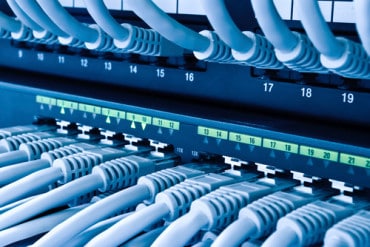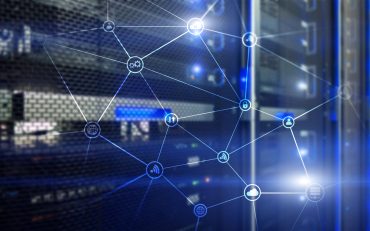
To fully gain the benefits of analytics, all employees at a business need to be able to access and interact with analytical tools.
Analytics has made marketing and finance workers lives a lot easier in the past decade, providing them with actionable insights and allowing them to add more value to their job.
That value has not been shared out equally across all roles in a business however, and it is leading to organizations not fully leveraging the analytical resources available.
See Also: Effort Seeks to Democratize Text-to-Image Generation
According to Amir Orad, CEO of Sisense, businesses need to push a ‘top-to-bottom’ deployment of analytics, which enables the rank and file of a company to access analytical dashboards and, more importantly, understand the data on display and use it to inform their work.
“We’ve solved the first-mile problem, the c-suite, marketing, sales,” said Orad to Forbes. “We’ve not solved the last mile problem, which is the wider adoption, and that’s where we believe there’s a massive opportunity, not only to get adoption, but also to really move the needle on the impact of BI and AI in many organizations.”
The issue currently is most of the tools, applications, and dashboards that businesses utilize today are built specifically for data literate workers, who are able to gather insights from them. To bring in the rest of the organization, there needs to be a new and broader outlook into the development of these dashboards, with the aim of integrating more teams and employees.
“People don’t want to use BI. People want to run better businesses and give better service to customers,” said Orad. “The goal is not more dashboards and more AI, it’s how do we get the insights into the hands of the right people at the right time.”
Developing this real-time, easy-to-access analytical platform is harder than it sounds, which is why analytical tools are for the most part still in firmly in the realm of the 10 to 20 percent of a business which has had experience with dashboards, data collection, and visualization.
It is not impossible however, as we have seen in many industries those without a background in data are now receiving real-time updates and analytics at a time when it is of most need. In healthcare, for instance, doctors can receive real-time data on what they are seeing from a camera feed, with recommendations on surgery or other medical provisions.
In manufacturing, engineering staff are able to access real-time data on maintenance sent from sensors inside machines, reducing the likelihood of breakdowns. In education, teachers can be alerted to a decline in a students engagement with a class, through analysis of homework grades or other marks.
Some of these are in place in some leading-edge businesses, but for most of the industry, these analytical tools are still in the pipeline or a few years away from being explored. Integrating a back-and-forth between analytics and employees is also recommended, instead of having a one way stream of data with limited ability to analyze or rebuke a suggestion.




























